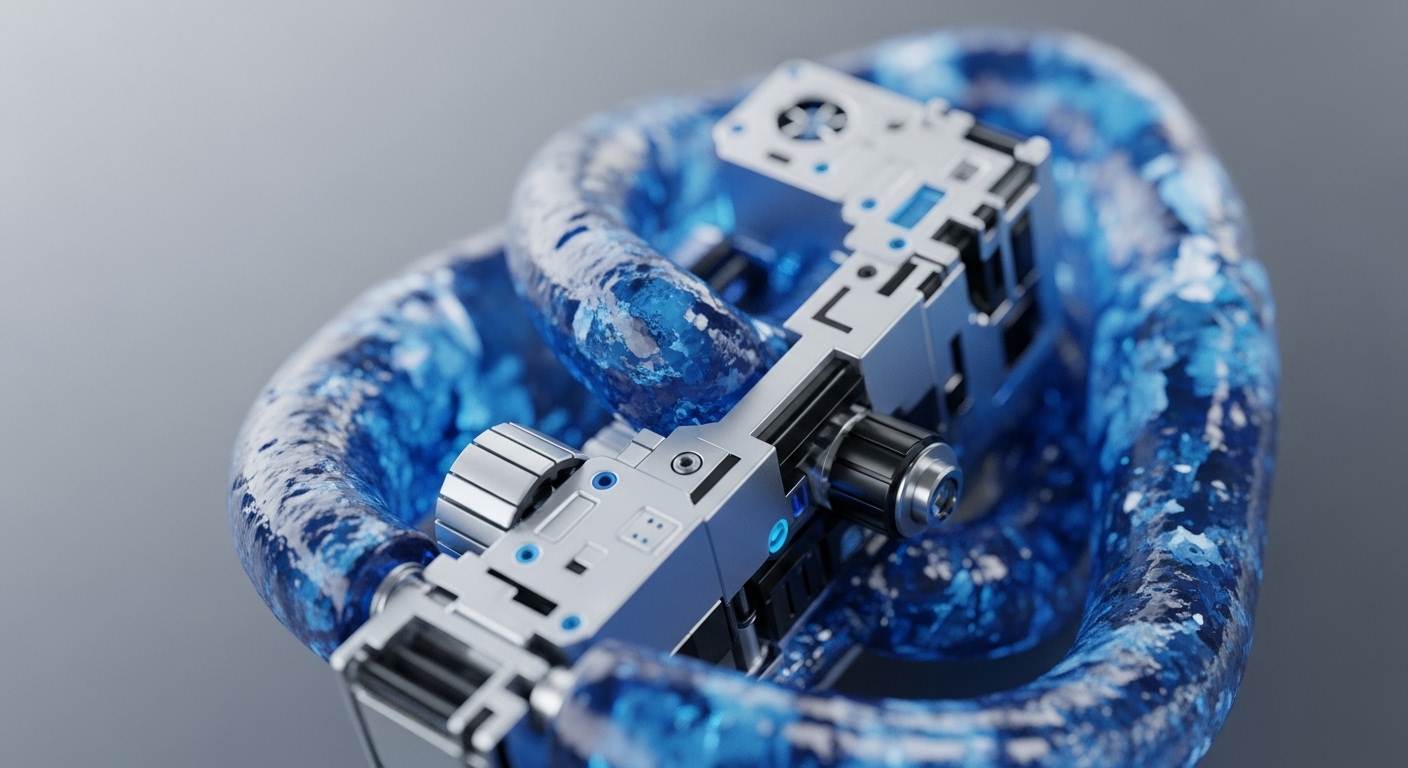
Briefing
The Hyperdrive protocol experienced a significant security incident on September 27, 2025, resulting in the loss of approximately $782,000 from its USDT markets. This exploit caused an immediate freeze of liquidity and halted market operations, underscoring the severe operational consequences of unaddressed vulnerabilities within DeFi protocols. The incident highlights critical flaws in the protocol’s security posture, leading to a direct financial impact on affected users and a broader erosion of investor confidence.

Context
Prior to this incident, the decentralized finance (DeFi) ecosystem has consistently faced a prevailing attack surface characterized by complex smart contract interactions and the inherent immutability of deployed code. A known class of vulnerability involves insufficient auditing practices and potential permission issues within contract logic. The interconnected nature of DeFi protocols means that a single point of failure or an exploit in one component can trigger cascading risks across the broader ecosystem.

Analysis
The Hyperdrive exploit primarily compromised the protocol’s USDT markets, leading to the unauthorized draining of funds. While specific technical mechanics are under investigation, the incident points to a vulnerability that allowed an attacker to manipulate market operations, likely by exploiting a flaw in how liquidity was managed or how transactions were processed within the USDT pools. This manipulation caused liquidity to freeze, enabling the attacker to extract assets before the protocol could fully respond. The success of the attack underscores the critical importance of robust smart contract audits and stringent access control mechanisms.

Parameters
- Protocol Targeted → Hyperdrive
- Date of Exploit → September 27, 2025
- Affected Markets → USDT markets
- Financial Impact → ~$782,000
- Immediate Response → Protocol paused all operations, vowed user compensation

Outlook
Immediate mitigation for users involves exercising extreme caution with DeFi interactions and ensuring that any token approvals granted to protocols are regularly reviewed and revoked if unused. This incident will likely reinforce the demand for comprehensive, third-party smart contract audits that rigorously test for code bugs, reentrancy vulnerabilities, and permission flaws. Furthermore, it highlights the need for protocols to adopt multi-signature wallets for critical operations and enhance overall infrastructure security, including APIs and cross-chain bridges, to prevent similar exploits and rebuild investor trust.
